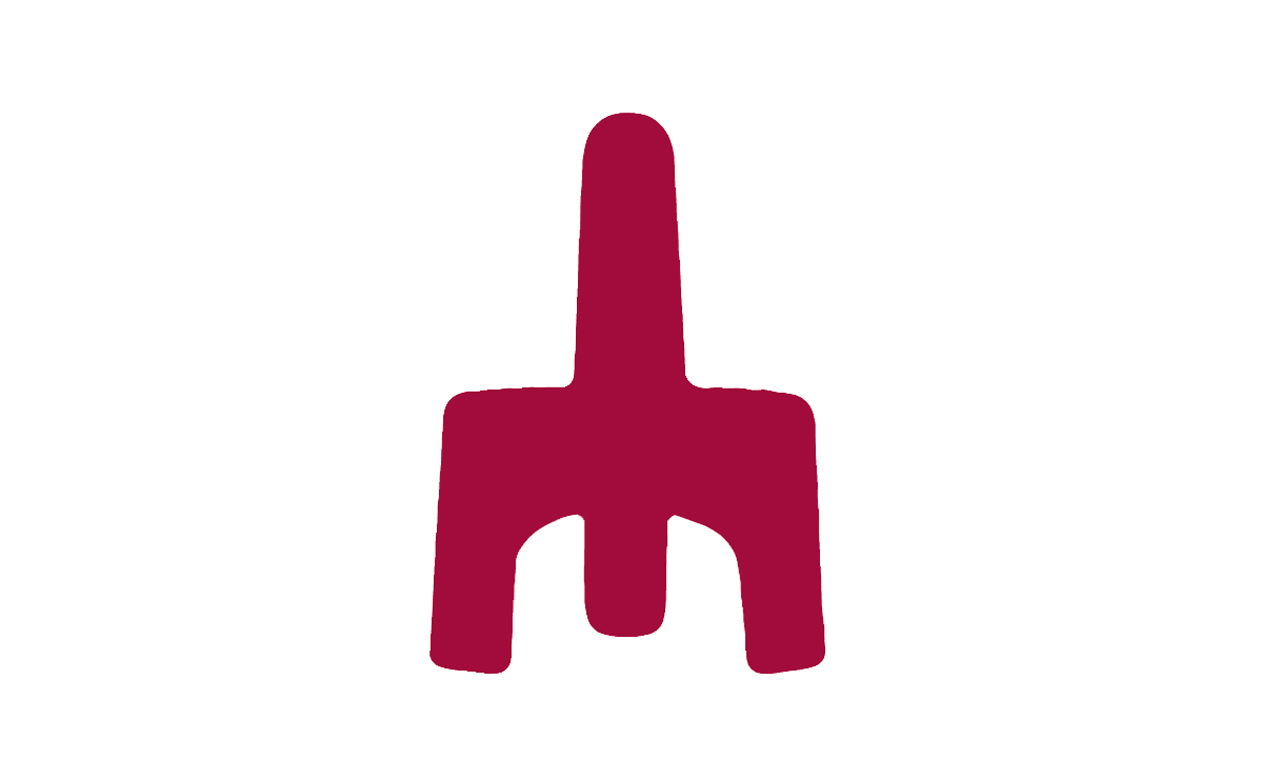Elizabeth Briand

More than 112,000 Americans died as a result of opioid overdoses in 2023, a sobering reminder that the opioid crisis is far from over. Naloxone has proven to be a powerful tool in the ongoing effort to save lives, but its cost has been prohibitive for some. Fortunately, a recent study has shown significant price reductions for prescribed naloxone, making it more affordable for individuals at risk of overdose.
The study, published in the January 29, 2024, issue of JAMA, shows that between 2018 and 2022, the number of dispensed naloxone prescriptions increased 187.42%. At the same time, the out-of-pocket cost per prescription decreased 55.5% from $22.51 to $10.02.
Confluence of factors
A number of factors may have contributed to this decrease. “We think that price negotiations, market competition, and shifts in pharmacy benefit designs for insurance-paid prescriptions may have lowered [out-of-pocket] costs,” said Xinyi Jiang, PhD, from CDC’s Division of Overdose Prevention and lead author of the study. “For example, the approval of the first generic naloxone nasal spray by FDA in April 2019, equivalent to Narcan with lower costs, may have played a role in decreasing the overall out-of-pocket costs for naloxone.”
Federal and state governments as well as advocacy organizations and the media may also have influenced pricing, said Jeffrey Bratberg, PharmD, clinical professor at the University of Rhode Island’s College of Pharmacy. “More insurers are covering more products due to statutory requirements like in Rhode Island.”
Coprescribing requirements may also be shifting out-of-pocket costs.
The federal government has been actively working to increase the availability of naloxone as well, such as allocating funding for the State Opioid Response Grant Program, which included funds to enhance naloxone distribution. This, too, could have contributed to price decreases, said Jiang.
OTC naloxone
Today, naloxone is available over the counter to anyone who wants or needs it. Sooner rather than later, that availability may also contribute to improved affordability.
“It is exciting to see FDA’s approval of over-the-counter naloxone,” said Jiang. “The availability of OTC naloxone means more individuals can access it not only in drug stores without prescriptions, but also in supermarkets, convenience stores, gas stations, and vending machines.”
The suggested retail price for OTC naloxone is $44.99. “This price is lower than the out-of-pocket costs for those without insurance, but higher than the out-of-pocket cost for insurance-paid prescriptions, based on our study,” said Jiang. “It is important to note that while OTC naloxone enhances accessibility, some families facing financial challenges may still find it difficult to afford.” With that in mind, she added, “ongoing public health efforts such as community naloxone distribution and harm reduction programs, which provide free naloxone, should be continuously implemented.”
Work still to be done
One group of Americans who did not see lower out-of-pocket costs were older adults. “What we found was that individuals aged 65 years or older had a higher out-of-pocket cost compared to those aged 18 to 64 years,” said Jiang.
Specifically, the mean cost was more than $10 higher. The primary driver in that disparity appeared to be attributed to Medicare.
“People over 65 are increasingly larger segments of the overall proportion of overdose deaths, along with increases among teenagers and BIPOC [Black, indigenous, and other people of color] communities,” said Bratberg. “All Medicare prescription plans and essentially all insurers should cover all evidence-based naloxone forms at zero out-of-pocket costs. We are in a public health emergency for opioid overdose and all recognized barriers to naloxone can and should be lifted.”
Pharmacists can provide an invaluable lifeline in helping individuals access naloxone. “If individuals find it challenging to afford naloxone, pharmacists can provide resources for accessing [it for free],” said Jiang. “Different states have varying resources and programs. Pharmacists are encouraged to be familiar with local free naloxone resources and share this information with individuals who may need it.”
Bratberg encouraged pharmacists to be even more forthright in their provision of naloxone. “We need pharmacies to boldly and robustly provide OTC naloxone along with other harm reduction options like syringe disposal, fentanyl test strips, and wound care, as a harm reduction package,” he said. “This not only helps with people finding these products in one spot, but also destigmatizes harm reduction more generally.” ■